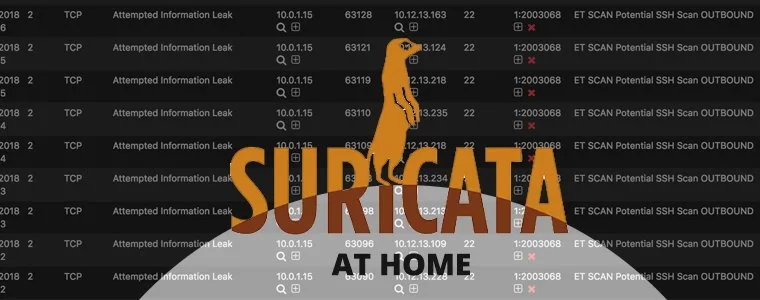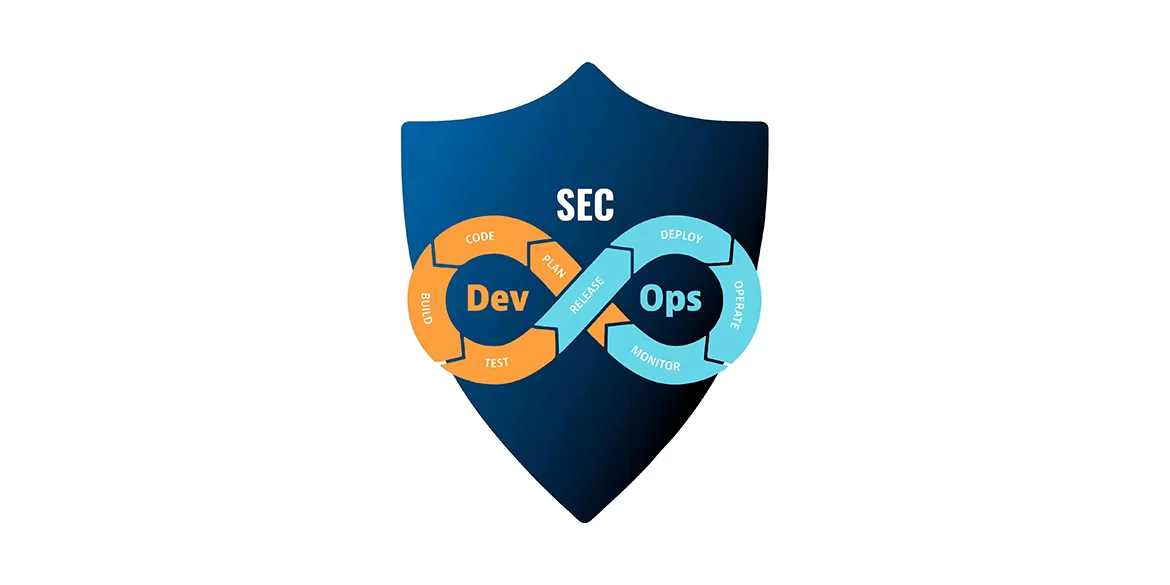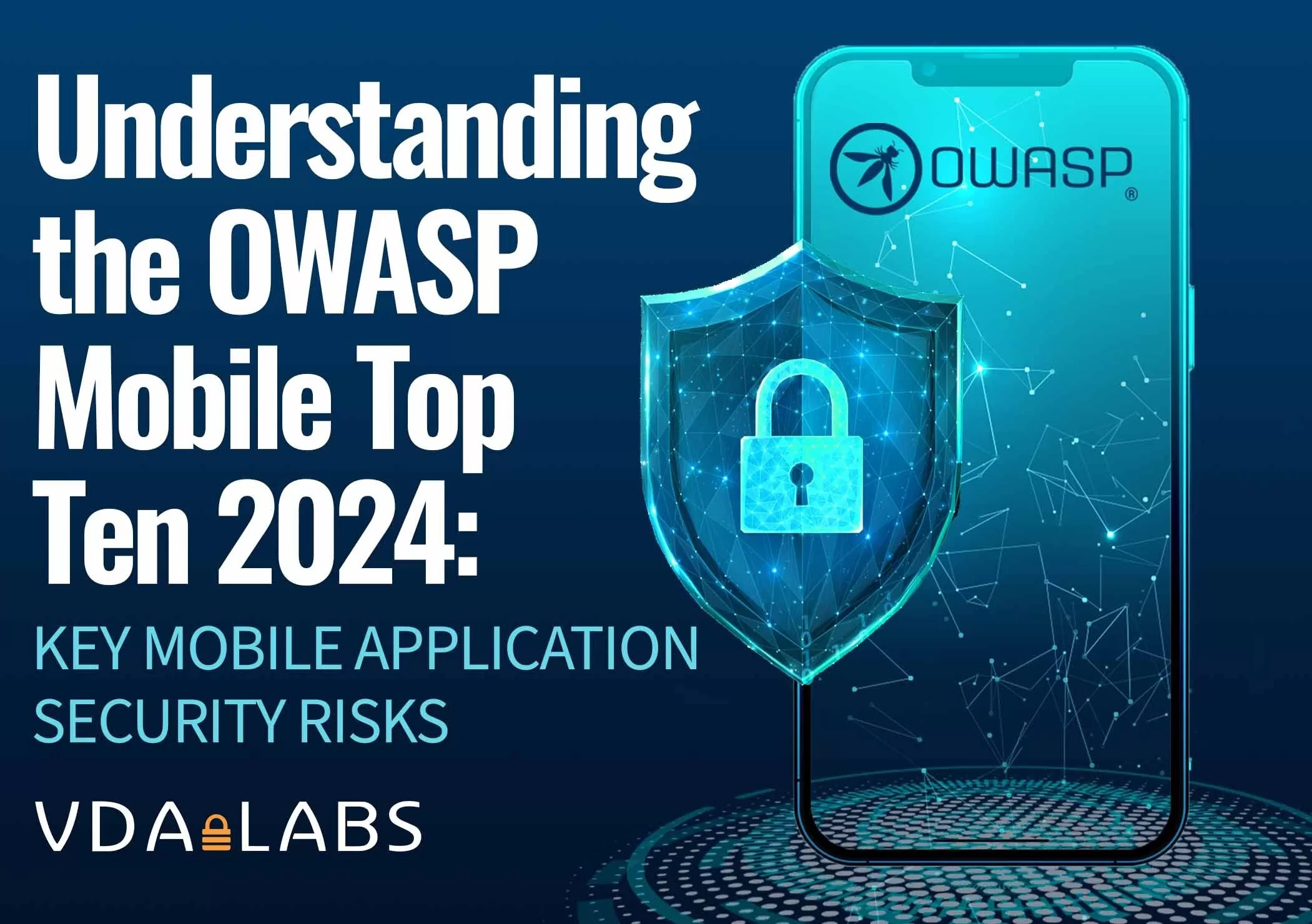
Overview of Security Information and Event Management (SIEM)
When it comes to information security, one of the most important things an organization can do is to have a system in place that collects, processes, and analyzes security-related data. This system is called security information and event management (SIEM), and in today’s blog post, we’re covering SIEM basics: what it is and how it works.
What is SIEM Software?
SIEM software is a sophisticated tool that helps organizations manage their security posture by aggregating and analyzing activity from various resources within the IT infrastructure. This includes network devices, servers, domain controllers, and more.
How Does SIEM Software Work?
Here’s how it works:
- Data Collection: SIEM software collects log and event data generated by host systems, security devices such as firewalls and antivirus filters, and applications throughout the organization’s infrastructure.
- Normalization: The collected data is normalized to a common format, allowing the SIEM system to analyze the information efficiently regardless of the source.
- Correlation: This is where the magic happens. The SIEM software correlates data from disparate sources to identify patterns that may indicate a security threat. By connecting the dots between seemingly unrelated events, SIEM can detect sophisticated attacks that might otherwise go unnoticed.
- Alerting: When a potential threat is detected, the SIEM system generates an alert. This alert includes detailed information about the nature of the threat, helping security teams to respond swiftly and effectively.
- Reporting and Compliance: SIEM solutions provide robust reporting capabilities, enabling organizations to generate compliance reports for regulations such as GDPR, HIPAA, and PCI-DSS. This ensures that organizations not only protect their data but also stay compliant with industry standards.
- Incident Management: SIEM software often includes tools for incident management, allowing security teams to investigate alerts, document their findings, and track the resolution of security incidents.
What is SIEM-as-a-service?
SIEM-as-a-service combines security event management (SEM) and security information management (SIM) in order to monitor threats, provide real-time security alerts, and increase compliance. VDA centralizes the interpretation and storage of logs while SIM collects data to be analyzed for reporting.
SIEM as a service combines these two systems together in order to enable the fast analysis and identification of security events in real time. It enables organizations to quickly benefit from the expertise and resources of an experienced security provider without the associated costs and challenges of running an SIEM in-house. This enables businesses to achieve greater cyber resilience while maximizing their security investments.
Why Choose SIEM?
Implementing a SIEM solution offers numerous benefits:
- Improved Threat Detection: By correlating data from multiple sources, SIEM systems can detect complex, multi-stage attacks that might elude other security measures.
- Faster Incident Response: With real-time alerting and detailed forensic information, SIEM enables quicker and more effective responses to security incidents.
- Enhanced Compliance: SIEM solutions help organizations meet regulatory requirements by providing comprehensive logging, reporting, and audit capabilities.
- Operational Efficiency: Automating the collection, normalization, and analysis of security data reduces the burden on IT and security staff, allowing them to focus on more strategic tasks.
In summary, SIEM is a powerful tool in the arsenal of modern cybersecurity, providing comprehensive visibility, real-time analysis, and robust incident response capabilities. If you’re looking to enhance your security posture and ensure compliance, VDA Vigilance offers state-of-the-art SIEM-as-a-service tailored to meet your needs.
If you’re looking to protect your business with SIEM, look no further than VDA Vigilance. Contact us today to learn more, or Connect with us on LinkedIn.
-
Previous Post
Citrix ADC (Netscaler ADC) Multi-Factor Bypass













